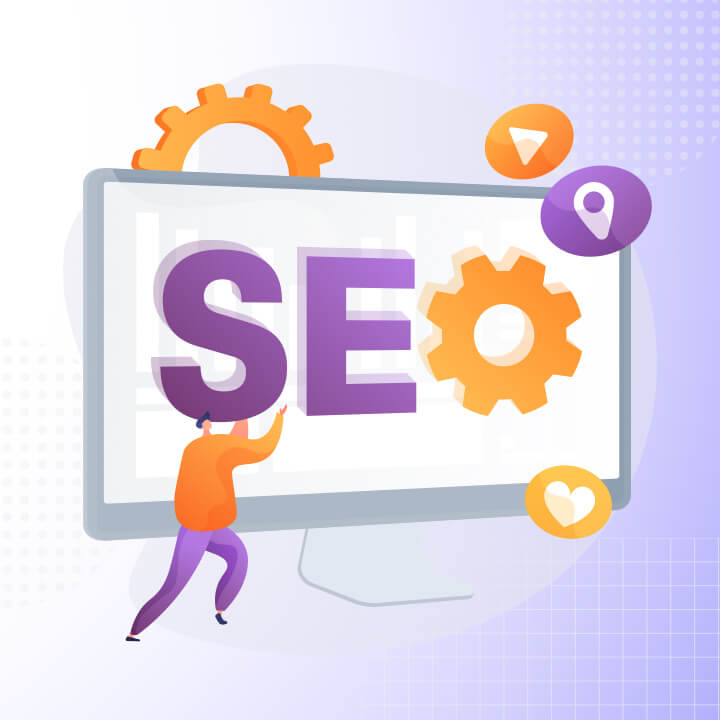Category pages on ecommerce sites are critical to the success of any online business. Not only do they attract traffic interested in products, but they also welcome visitors who are ready to make a purchase. Therefore, it is key to create well-optimized category pages that maximize visitor conversion – read on to learn best practices for category page optimization!
Key features of category pages that convert
To ensure that your category pages are effective, it is important to incorporate certain features:
- Effective category menu: Using a horizontal and a vertical menu allows users to navigate more intuitively, making it easier to search for products.
- Useful resources: Providing buying guides and tips generates added value, especially for those who are in the early stages of their buying process.
- Efficient filters: Having well-constructed filters helps users find exactly what they are looking for, improving the overall experience.
- Sorting options: Allowing visitors to sort products by price, novelty or personalized recommendation can influence their purchasing decisions.
- Product comparisons: Facilitating comparisons between similar products increases the likelihood of conversion.
- Dynamic country recognition: This feature allows to adapt the shopping experience according to the user’s location, improving user satisfaction.
- Live chat functionality: Incorporating a chat feature can resolve consumer queries in real time, improving the conversion rate.
Best practices SEO for category pages
Search engine optimization is crucial to attract quality traffic. Here are some best practices:
- Keyword research: Identifying the terms your potential customers are searching for is essential. Use tools such as Google Keyword Planner to discover relevant keywords.
- Meta titles and descriptions: These are vital to improve CTR (click-through rate). They must be attractive and include keywords.
- URL structure: Clean, descriptive URLs improve both user experience and SEO.
- Content optimization: Clear and persuasive documentation using H1, H2 and H3 tags, and integrating internal links to create an easy-to-follow structure.
Creating category pages that convert
In addition to SEO optimization, user experience is key:
- Intuitive navigation: A clear and categorized menu avoids confusion and helps visitors find what they are looking for.
- Responsive design: The shopping experience must be equally effective on desktop and mobile devices.
- Load speed: Pages that load quickly improve user retention and reduce bounce rates.
Multimedia elements
Visual quality on category pages is essential. High quality images and informative videos can capture the consumer’s attention and enhance the browsing experience.
Conversion Rate Optimization Strategies (CRO)
Increasing conversion requires focused strategies, such as:
- Calls to action (CTAs): They should be clear and motivate users to interact further.
- Customer reviews: Showing reviews and ratings can serve as social proof and increase credibility.
- Urgency and scarcity: Using time-limited indicators in promotions can incentivize faster purchase decisions.
Avoiding common mistakes
When developing category pages, it is crucial to avoid typical mistakes such as duplicate content, excessive filtering and lack of attention to site analytics.
Evaluating SEO success on Category Pages
To measure the effectiveness of your pages, it is important to monitor key metrics such as organic traffic, conversion rates and time on page. Tools such as Google Analytics and Google Search Console are essential to understand the performance of your pages.
Focusing ecommerce category page optimization on exceptional user experiences and effective SEO practices will lead to increased traffic and conversions. With constant attention to data and implementation of proven strategies, your category pages will not only attract visitors, but also generate significant revenue.
In an increasingly competitive digital environment, optimizing category pages is not optional: it is key to improving positioning, the shopping experience and, ultimately, conversions.
At Known Online, we help brands of all sizes build more effective ecommerce experiences, aligned with SEO and UX best practices. Want to improve the performance of your category pages? Let’s talk!


